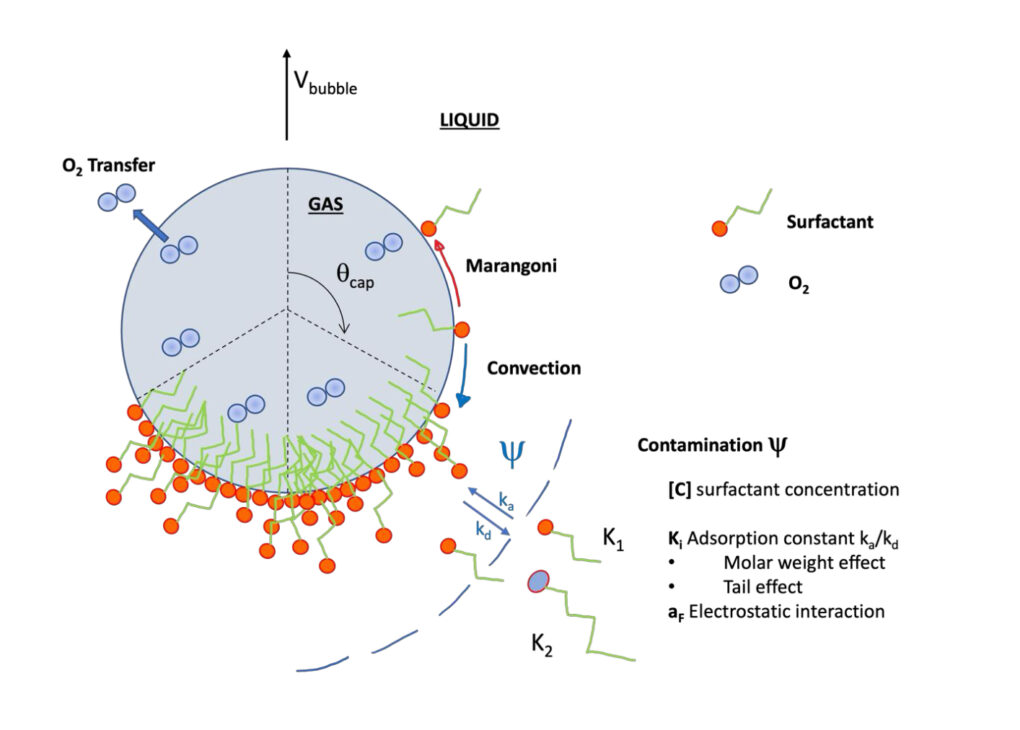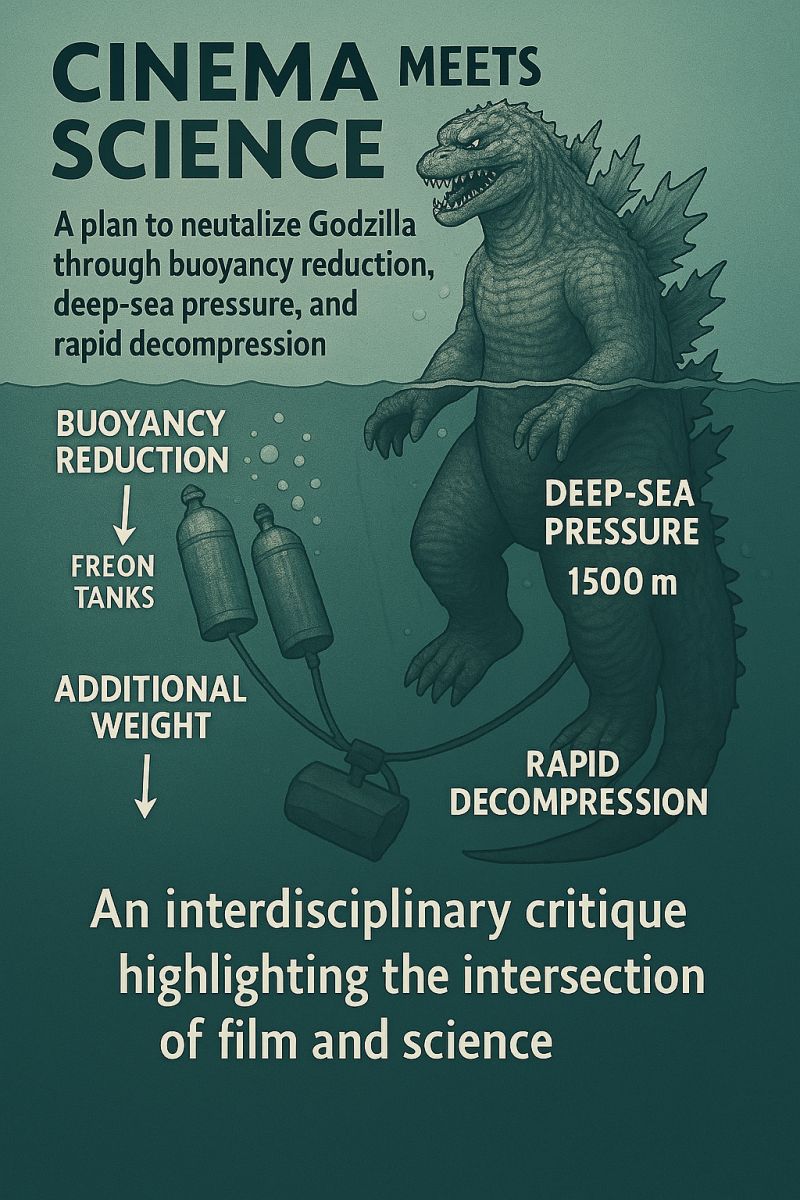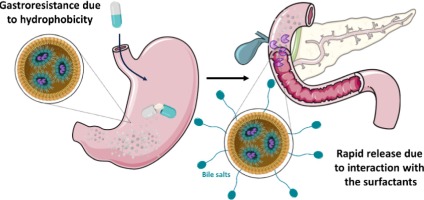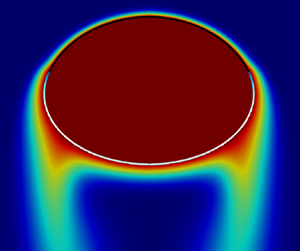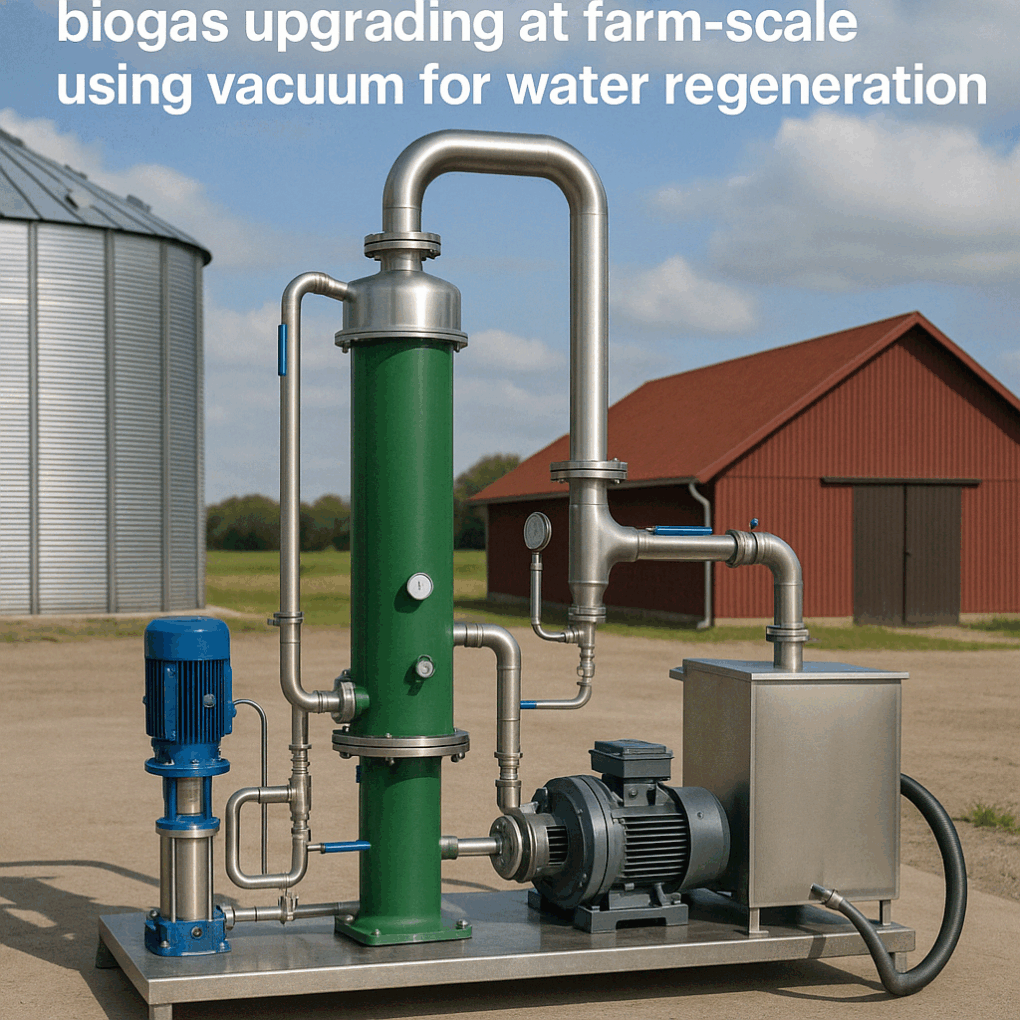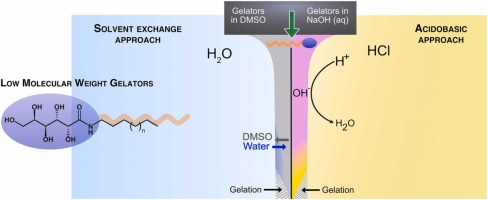Recognized Among the World’s Top 2% Most Influential Scientists – According to Stanford Ranking (2021–2024)
I’m both surprised and grateful to find myself included — from 2021 to 2024 — in the global ranking compiled by Stanford University, identifying the top 2% most influential scientists worldwide. This recognition is based on a bibliometric analysis of citation impact, using data from Scopus. Link to the source What is the Stanford Ranking? […]

